Philippe De Gobert. From the marvellous in architecture to the photographic tale
from May 29 to November 07, 2021
Since central Le Havre became a UNESCO World Heritage site in 2005, MuMa has invited around 30 photographic and video artists, some French and some foreign, to spark reflections and help change the way we view the reconstructed city of Le Havre.
In the same vein, this year, the museum has invited Philippe De Gobert (1946, Brussels) - an artist who is fascinated with modern architecture - to put together a major monographic exhibition that immerses us in his distinctive poetic world. The exhibition itinerary combines De Gobert’s own photographs and scale models with archive documents that shed light on his references and inspirations. De Gobert sketches another face of Le Havre - a kind of disturbing double of the iconic city that has come to epitomize the Reconstruction - and invents an alternative narrative of its rebirth.
In the same vein, this year, the museum has invited Philippe De Gobert (1946, Brussels) - an artist who is fascinated with modern architecture - to put together a major monographic exhibition that immerses us in his distinctive poetic world. The exhibition itinerary combines De Gobert’s own photographs and scale models with archive documents that shed light on his references and inspirations. De Gobert sketches another face of Le Havre - a kind of disturbing double of the iconic city that has come to epitomize the Reconstruction - and invents an alternative narrative of its rebirth.
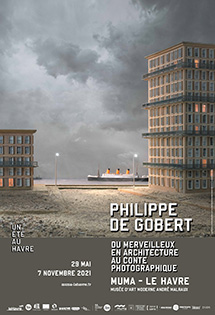
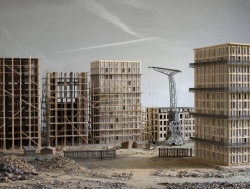
Philippe DE GOBERT (1946), LH 1636, 2019, , 104 x 138 cm. Private collection. © Philippe De Gobert © Adagp, Paris 2021
This corpus, composed essentially of views of interiors or seafront landscapes, conjures up an imaginary version of Le Havre, captured in the silence and purity of its birth, and empty - although here and there unobtrusive signs of a human presence can be made out.
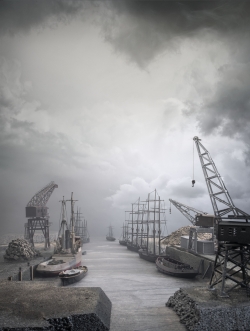
Philippe DE GOBERT (1946), LH 2281, 2020, , 104 x 138 cm. . © Philippe De Gobert © Adagp, Paris 2021
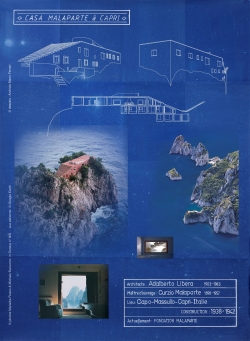
Philippe DE GOBERT (1946), Casa Malaparte, 2019, , 110 x 158 cm. © Philippe De Gobert © Adagp, Paris 2021
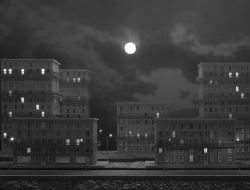
Philippe DE GOBERT (1946), LH 0726, 2020, , 79 x 104 cm. . © Philippe De Gobert © Adagp, Paris 2021
By opening up his imaginary world and placing Le Havre in this personal, poetic pantheon, De Gobert reenchants the way we see Le Havre.
Exhibition Commissioner: Annette Haudiquet, Senior Heritage Curator and Director of MuMa
BIOGRAPHY
Philippe De Gobert
1946, Bruxelles
Lives and works in Brussels
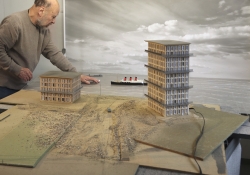
Jean-Marie Châtelier, Philippe De Gobert dans son atelier à Bruxelles, 2021 . © Jean-Marie Châtelier © Adagp, Paris 2021
Philippe De Gobert is represented by the Galerie Aline Vidal in Paris.
MORE +
Publications
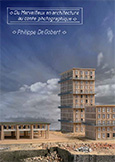
From the marvellous in architecture to the photographic tale
Exhibition catalogue
MuMa André Malraux Museum of Modern Art Le Havre, Le Havre, 29 May-7 November 2021
Authors: Annette Haudiquet, Septembre Tiberghien, Philippe De Gobert, Joseph Abram, Damien Sausset, Biographie par Julien Foucart.
Editing: Published by Octopus / MuMa Le Havre, 168 pages, 70 illustrations, 21 x 29 cm, Hard cover, Price 24 €
ISBN : 978-2-900314-26-5
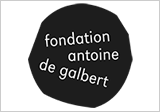
⇢ fondationantoinedegalbert.org

